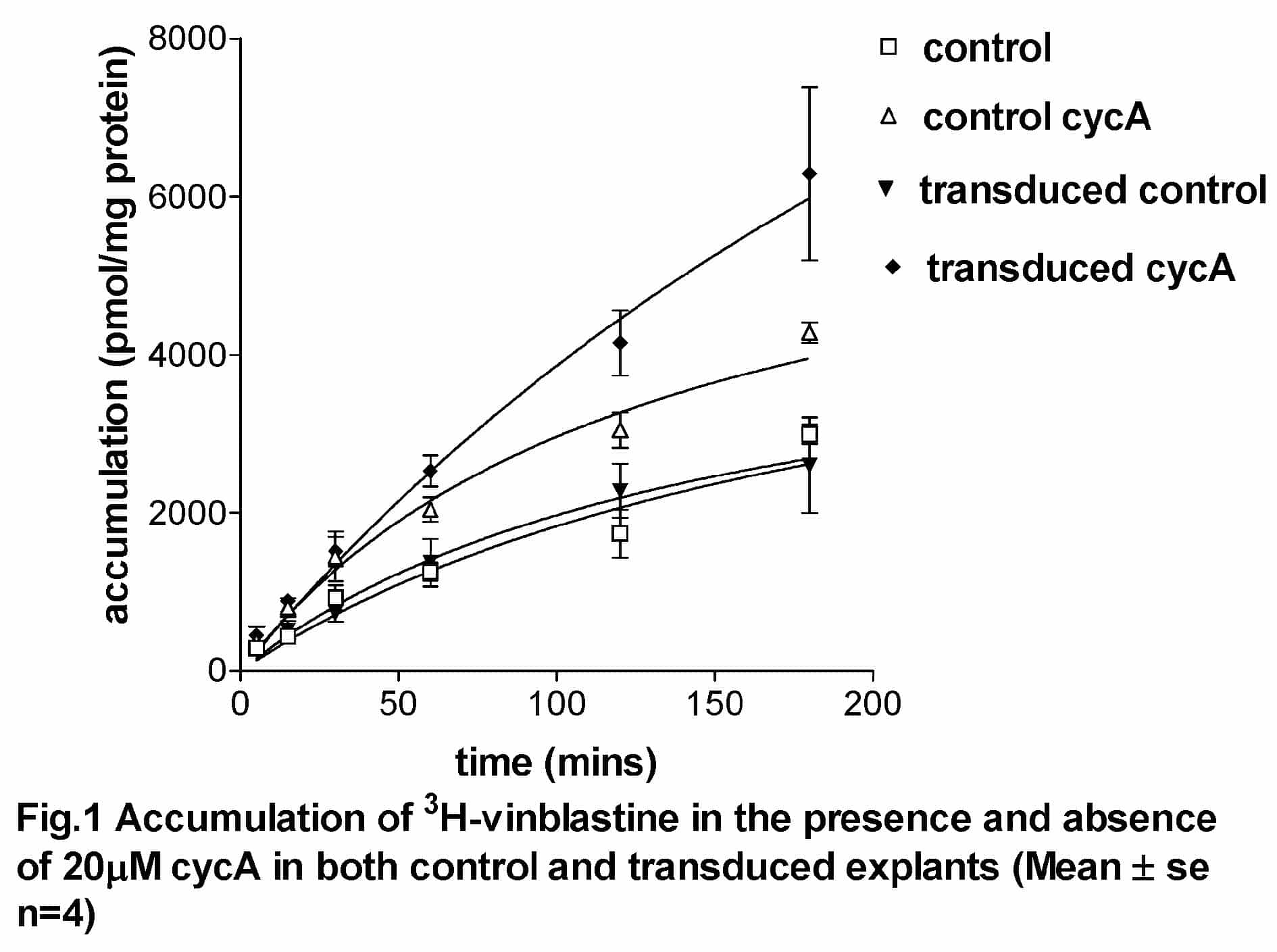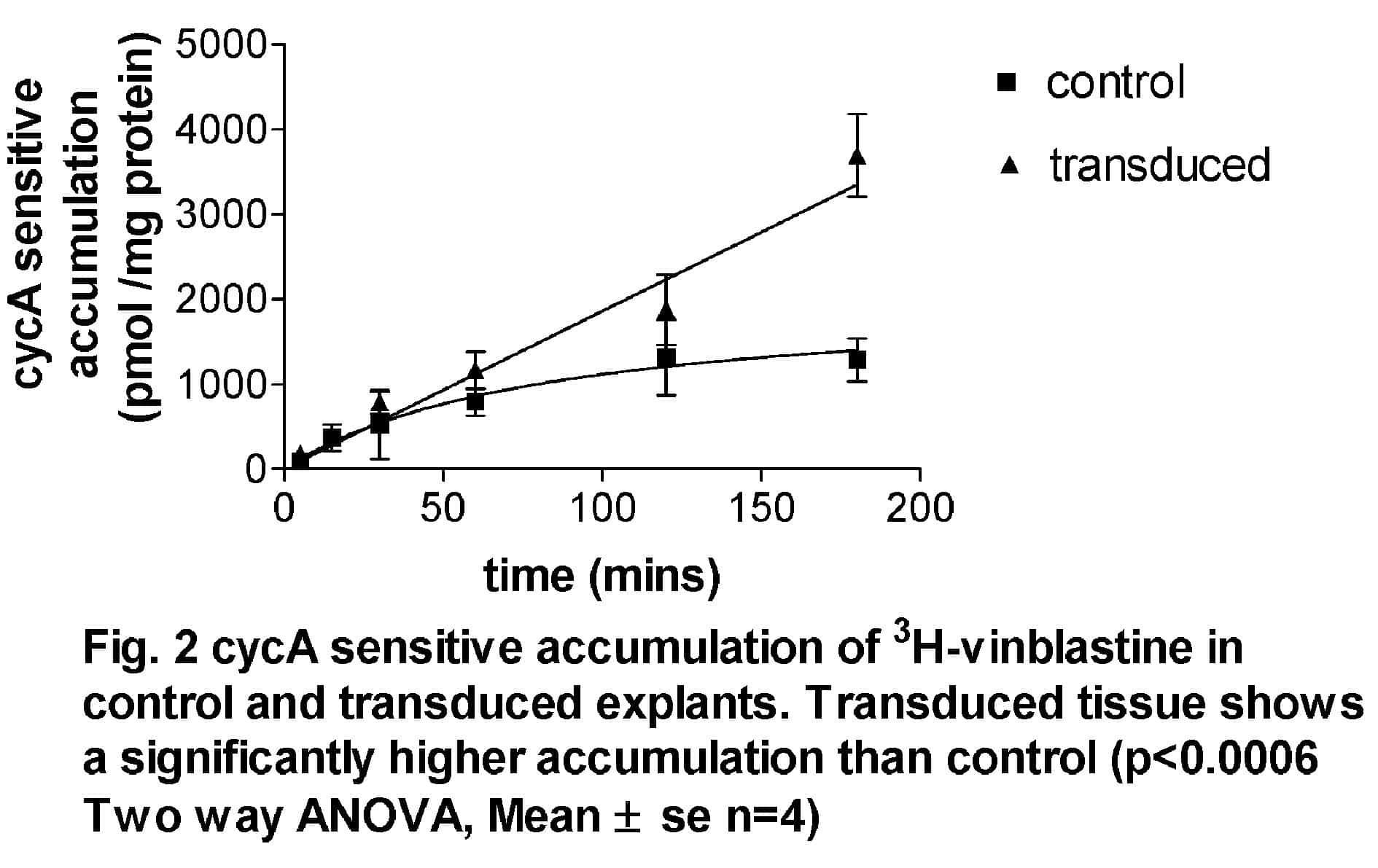Leptin is a hormone secreted predominantly from adipose tissue, which plays a major role in energy homeostasis in the adult animal. The leptin receptor has five splice variants (ObRa, b, c, d and e). ObRb is the long form of the receptor, which is mainly responsible for signal transduction. The function of both leptin and its receptors in the developing fetus is less clear. Studies in the mouse have shown expression of leptin and its receptor in a number of fetal tissues including the placenta, bone, hair follicles, lung and brain (Hoggard et al. 1997). The aim of this study was to investigate the localisation of leptin and its receptor in the sheep fetus during late gestation.
Tissue samples were obtained from fetal sheep at 130d (n = 7) and 144d (n = 5) of gestation after maternal administration of a lethal dose of barbiturate. Tissue samples were embedded in paraffin and sections were cut for immunocytochemical analysis. Sections were dewaxed and non-specific binding was blocked by incubation in 5 % goat serum for 1h. Tissue sections were incubated overnight at 4°C with a primary anti-body raised either against leptin (1:1000) or the leptin receptor (ObRb, Linco Research Inc., 1:100). Sections were then incubated for 40 min with 4 nm gold-labelled goat anti-rabbit secondary antibody (Jackson Immunoresearch; 1:40). Enhancement of the gold labelling was carried out using IntenSETM Silver Enhancement Reagents (Amersham Biosciences).
In the sheep fetus, leptin and leptin receptor were colocalised in a wide variety of tissues at both gestational ages. These included placenta, adipose, skin, adrenal, kidney and intestinal tissues. In the placenta, both leptin and its receptor were expressed in the trophoblast of the fetal villi. Co-localisation in the skin was specific to the epidermis and hair follicles. In the adrenal gland, leptin and its receptor were expressed predominantly in the cells of the cortex. The kidney showed co-localisation in the tubule epithelia of the nephrons but not the glomeruli. In intestinal tissues, such as the duodenum, expression of both proteins was strongest in the villus epithelial cells and in the longitudinal smooth muscle. No differences in the localisation of the leptin and its receptor were observed with gestational age. The widespread distribution of leptin and the leptin receptor suggests that they may play a significant role in growth and development in utero.
This work was funded by the BBSRC.


